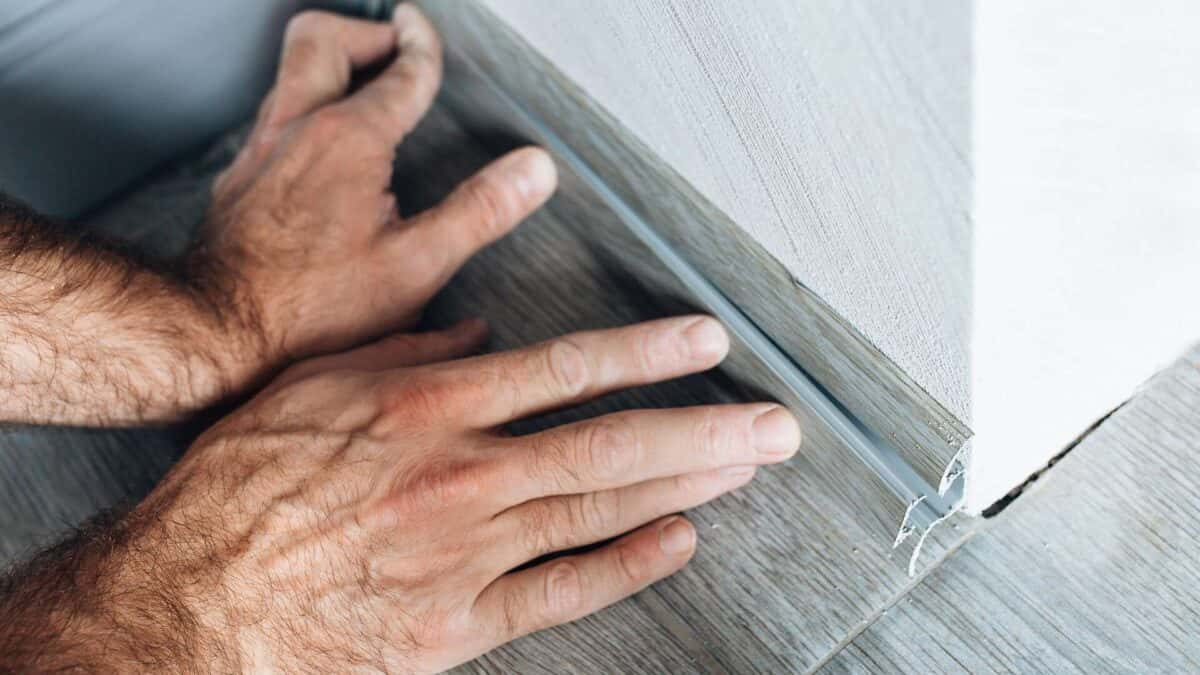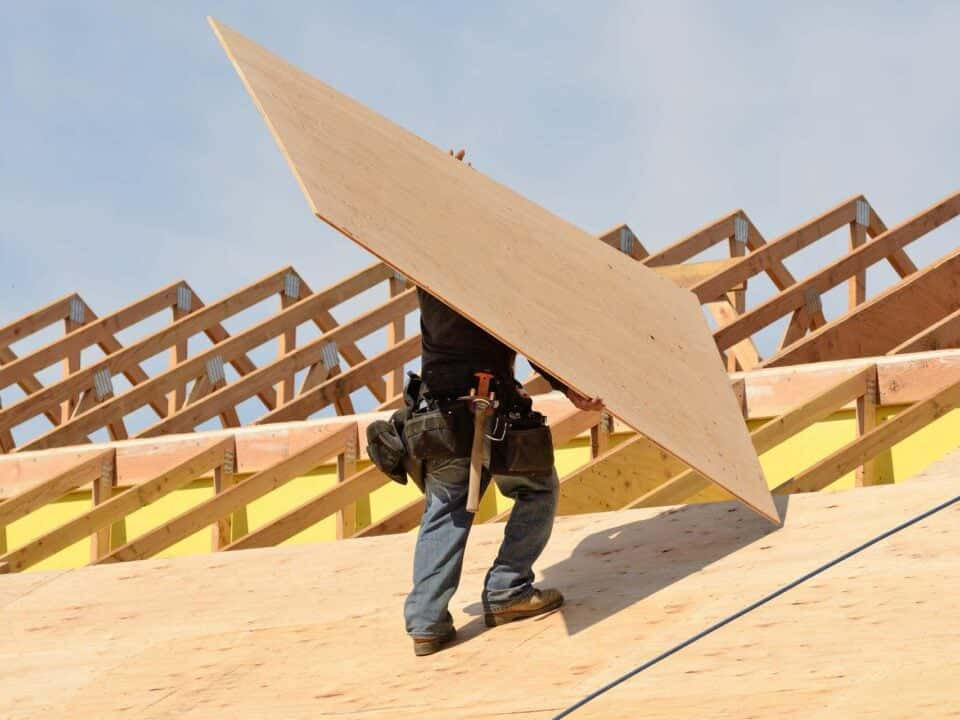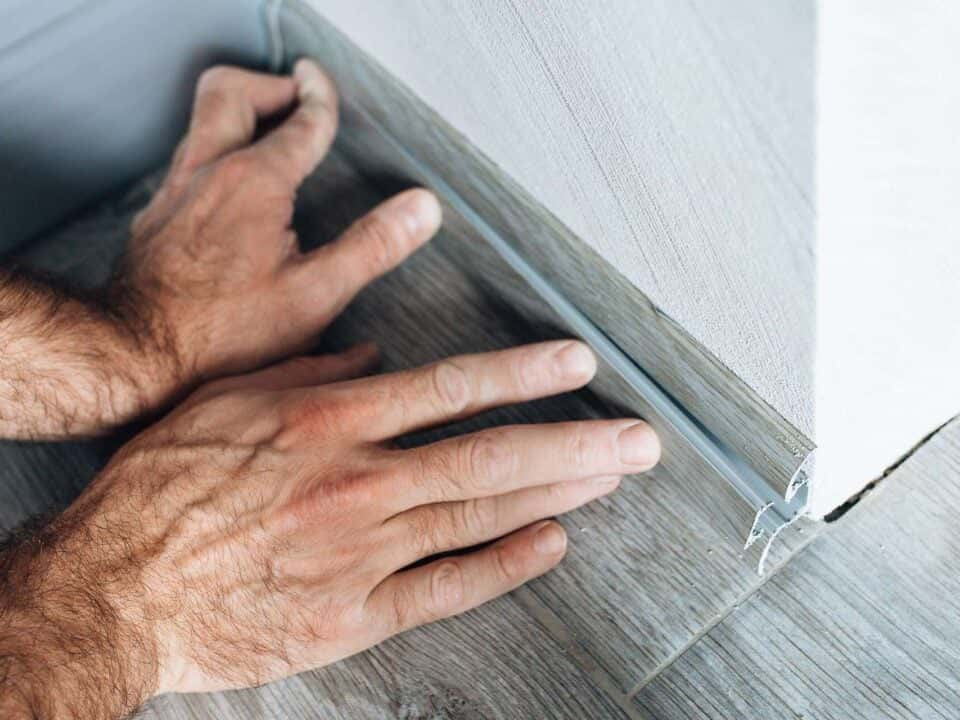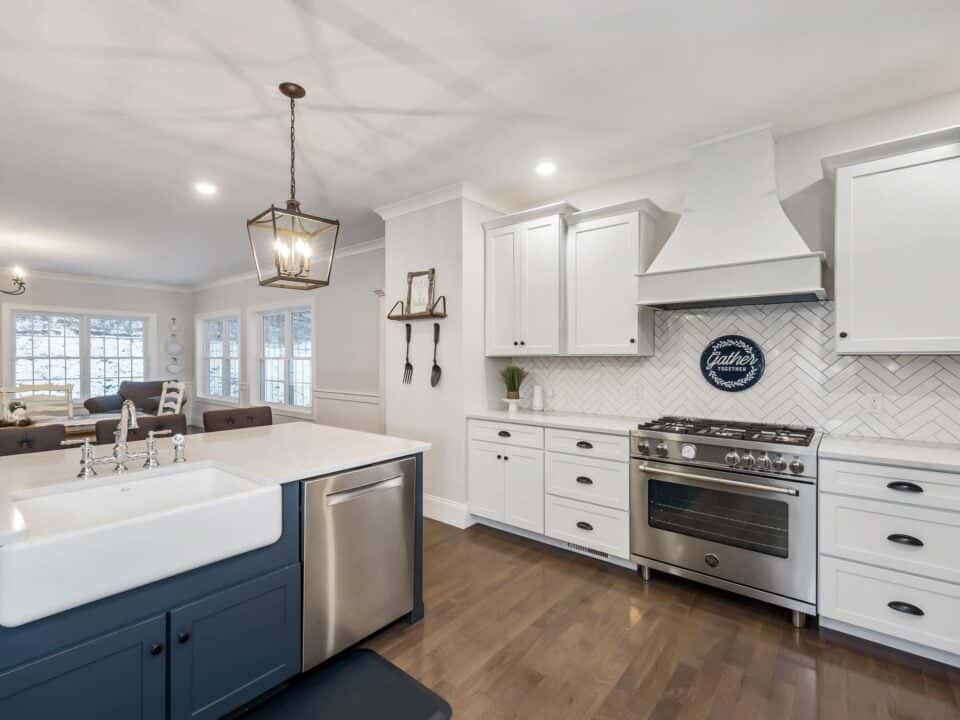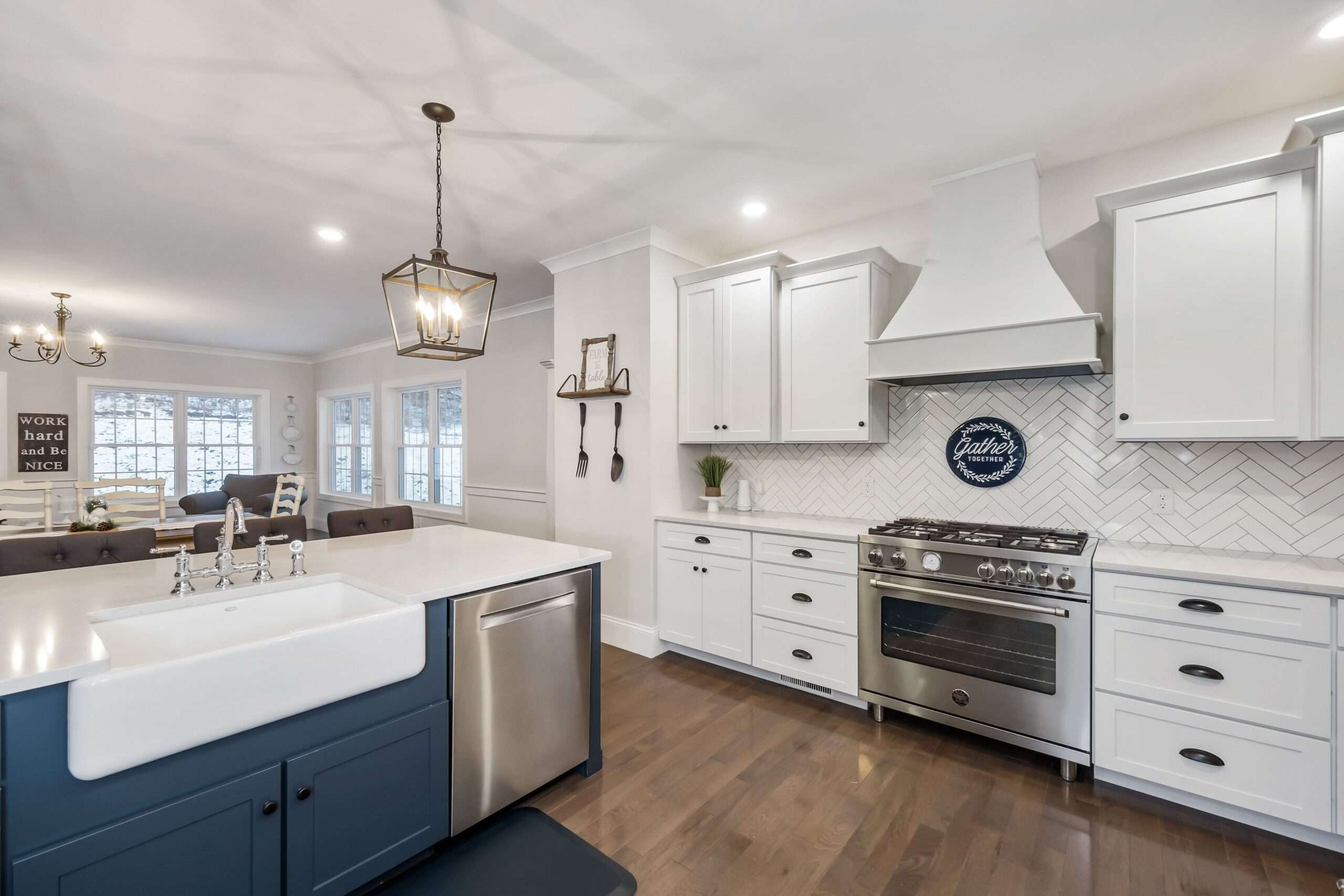
How Cabinet Hardware can Elevate a Room
May 27, 2023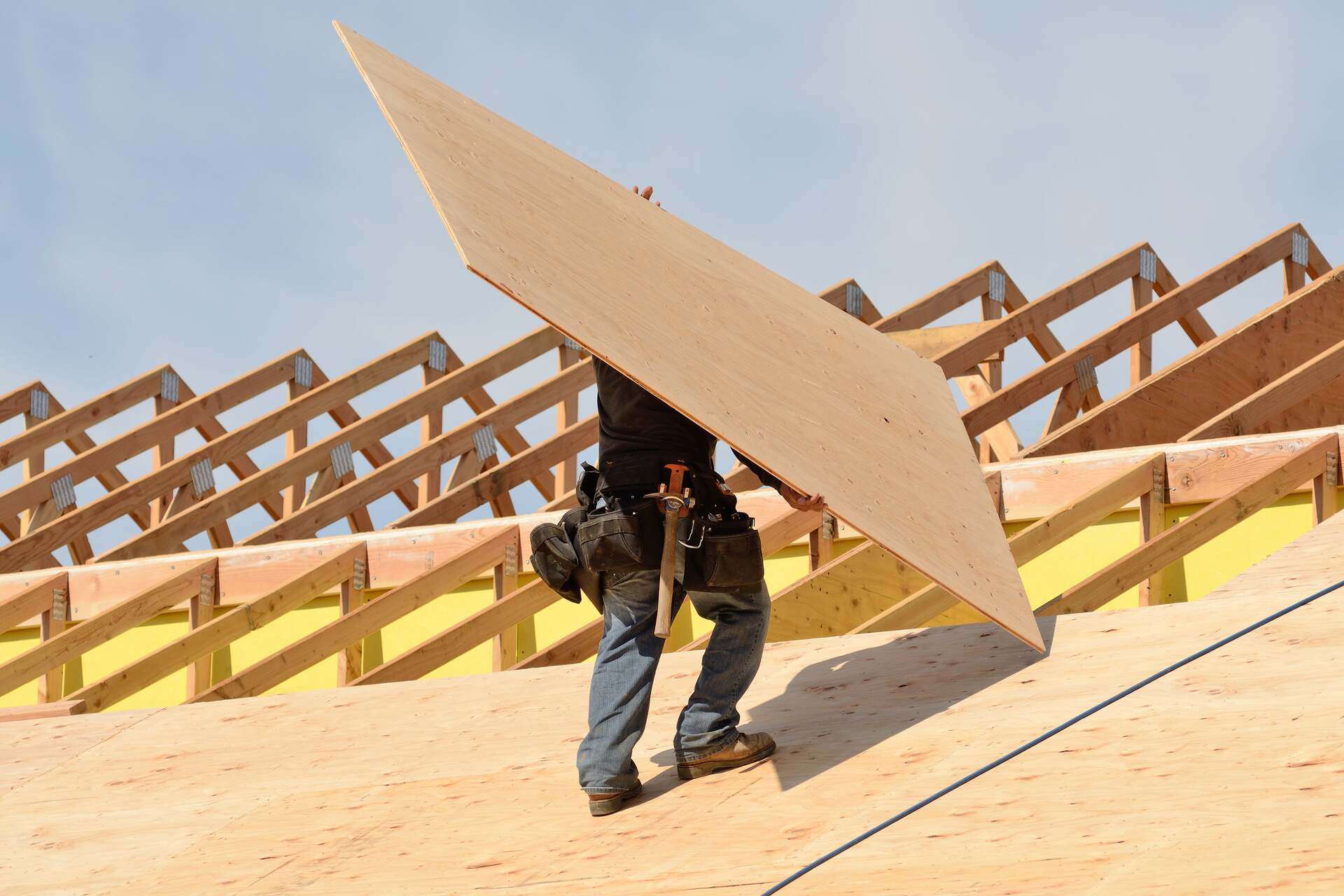
Choosing the Best Plywood for Your Project
July 24, 2023In the realm of interior design, few elements possess the transformative power and timeless charm of hardwood moulding. Far more than a mere finishing touch, mouldings have graced architectural wonders throughout history, infusing spaces with elegance, character, and depth. In this blog, we explore the enduring allure of hardwood moulding, its rich history, and its role in contemporary design. From classical to modern applications, we delve into the reasons why hardwood trim remains a sought-after choice for homeowners and designers alike.
A Little History
Dating back to ancient civilizations, mouldings were employed to enhance the grandeur of temples, palaces, and castles. The Greeks, Romans, and Egyptians used ornate trimming to elevate the aesthetics of their architectural masterpieces. With time, the art of moulding evolved, becoming a staple of various architectural styles, from Gothic cathedrals to Renaissance palazzos. Carved by skilled artisans, these trims showcased intricate patterns, delicate curves, and refined details, leaving an indelible mark on the history of design.
Types of Hardwood Moulding
Hardwood mouldings encompass a diverse array of profiles, each catering to different design preferences and architectural themes. Some popular types of moulding include:
- Crown: Adds a touch of sophistication by bridging the gap between walls and ceilings, creating an elegant transition.
- Baseboard: Conceals the joint between the wall and floor, offering protection and a polished finish.
- Chair Rail: Provides a functional and decorative solution, safeguarding walls from potential damage and offering an opportunity for artistic flair.
- Casing: Frames doors and windows, providing a refined border to accentuate these crucial architectural elements.
Advantages of Hardwood Moulding
Aesthetic Appeal:
Hardwood moulding exudes a sense of luxury and craftsmanship that is hard to replicate with other materials. Its natural beauty, intricate designs, and smooth finish add an air of elegance to any room.
Versatility:
One of the most significant advantages of hardwood trim lies in its versatility. Whether you seek to evoke a classical ambiance or a contemporary edge, there is a moulding profile to suit every style and taste.
Durability:
Hardwood is renowned for its durability and longevity. When well-maintained, hardwood moulding can retain beauty for generations, making them a sound investment for any homeowner.
Value Addition:
Incorporating hardwood moulding into your interior design can significantly increase the resale value of your property. Potential buyers often appreciate the aesthetic enhancements that mouldings offer.
Integration into Modern Design
While historically associated with classical architecture, hardwood moulding has found its place in modern design as well. Contemporary spaces often feature simplified and sleeker moulding profiles, emphasizing minimalism and clean lines. Integrating hardwood moulding in a contemporary setting brings warmth, texture, and a touch of tradition, striking a harmonious balance between old and new.
Sustainability and Eco-Friendliness
As eco-consciousness rises, homeowners and designers are turning to sustainably sourced hardwood trim. Responsible forestry practices ensure that the wood used for moulding is derived from renewable resources, making it an environmentally friendly choice.
Hardwood moulding, with its rich history and enduring appeal, continues to captivate designers and homeowners alike. From its ancient origins to its seamless integration into modern design, these trims remain a symbol of elegance, craftsmanship, and architectural beauty. Whether you seek to restore the grandeur of historical buildings or add character to contemporary spaces, hardwood moulding stands as a testament to the timeless charm that enriches any interior. Embrace the artistry and elevate your living spaces to new heights of beauty and sophistication.

